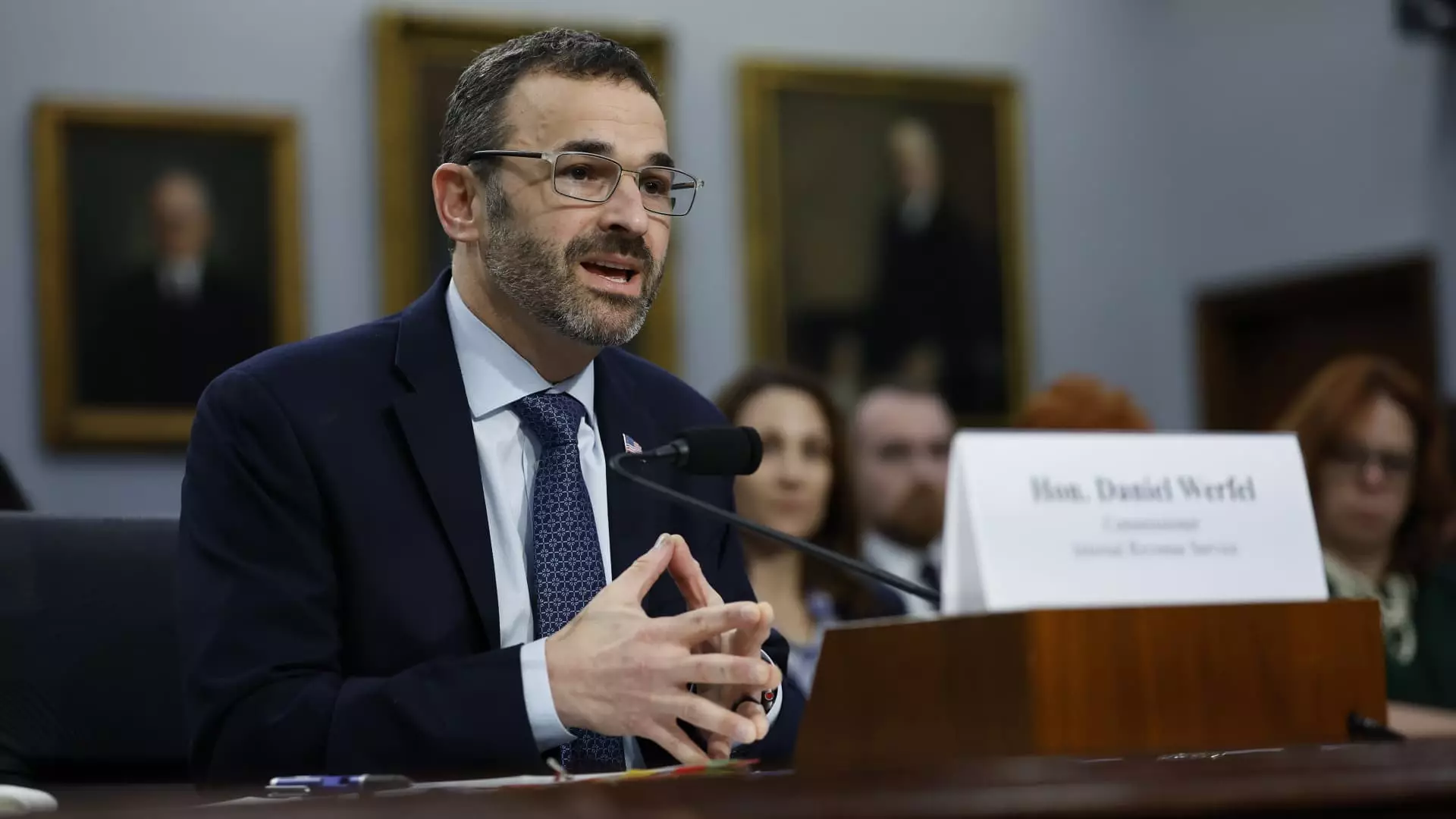In an effort to simplify the tax filing process for millions of Americans, the IRS and the U.S. Department of the Treasury have unveiled significant expansions to their Direct File program. Starting next year, over 30 million taxpayers across 24 states will have access to this free filing option, which aims to alleviate the burdens associated with traditional tax preparation. The Direct File initiative, which was initially tested in 12 states during the 2024 tax season, has now undergone enhancements to cater to a broader range of filing needs.
The successful pilot program, held in 2024, allowed a specific group of taxpayers—primarily those with straightforward filing situations—to utilize Direct File. However, for the upcoming 2025 season, the program will significantly broaden its reach by incorporating an additional 12 states. Alaska, Connecticut, Idaho, Kansas, Maine, Maryland, New Jersey, New Mexico, North Carolina, Oregon, Pennsylvania, and Wisconsin will be introduced into the fold. This expansion is poised to continue through 2026, suggesting that the IRS is committed to enhancing taxpayer access to simplified filing.
Much of the appeal of Direct File lies in its coverage of various income types and credits. While the initial pilot restricted eligible incomes to simple sources like W-2 wages and limited Social Security benefits, the upcoming season will open the door to more complex tax situations. It aims to accommodate those with interest income exceeding $1,500, pension and annuity income, and Alaska Permanent Fund Dividends. Additionally, tax credits designed to support working families will be more accessible, such as the child and dependent care credit and the premium tax credit for those who use Marketplace insurance.
IRS Commissioner Danny Werfel emphasized that the purpose of Direct File is to support the needs of working families first and foremost. The program aims to alleviate the financial strain often associated with tax filing, allowing households to devote their resources to essential expenses rather than tax preparation fees. During its pilot phase, an approximate 140,000 taxpayers utilized Direct File, collectively saving around $5.6 million in preparation costs. These statistics signal a promising future for the initiative and highlight the potential impact it could have on the broader population.
The financial assistance provided through various tax credits, coupled with the program’s user-friendly nature, emphasizes the IRS’s commitment to making tax filing less daunting. Taxpayers wishing to use Direct File must still adhere to certain guidelines, such as taking the standard deduction and avoiding itemized deductions; however, the inclusion of “above-the-line” deductions like student loan interest is a significant move towards easing the filing process.
As the IRS gears up for the extensive launch of Direct File, one cannot overlook the transformative potential it holds for tax filing in the United States. By gradually expanding the scope of the Direct File initiative, the IRS not only aims to streamline the method by which Americans can file their taxes but also to ensure that the most vulnerable populations are empowered and supported during tax season.
As we await further developments, it is essential for the millions eligible to stay informed about these changes and to understand how they can best utilize this free filing system to their advantage. The evolution of Direct File could signal a shift in the landscape of tax preparation, making it more accessible for all and potentially heralding a future where doing taxes is no longer a stressful chore.

